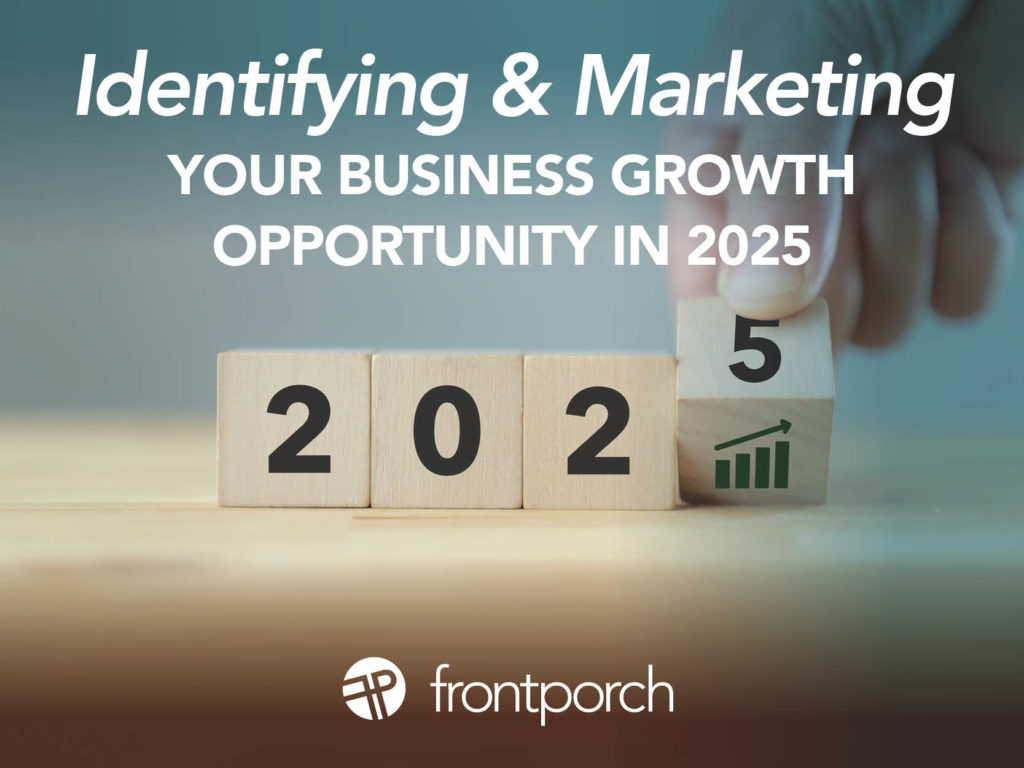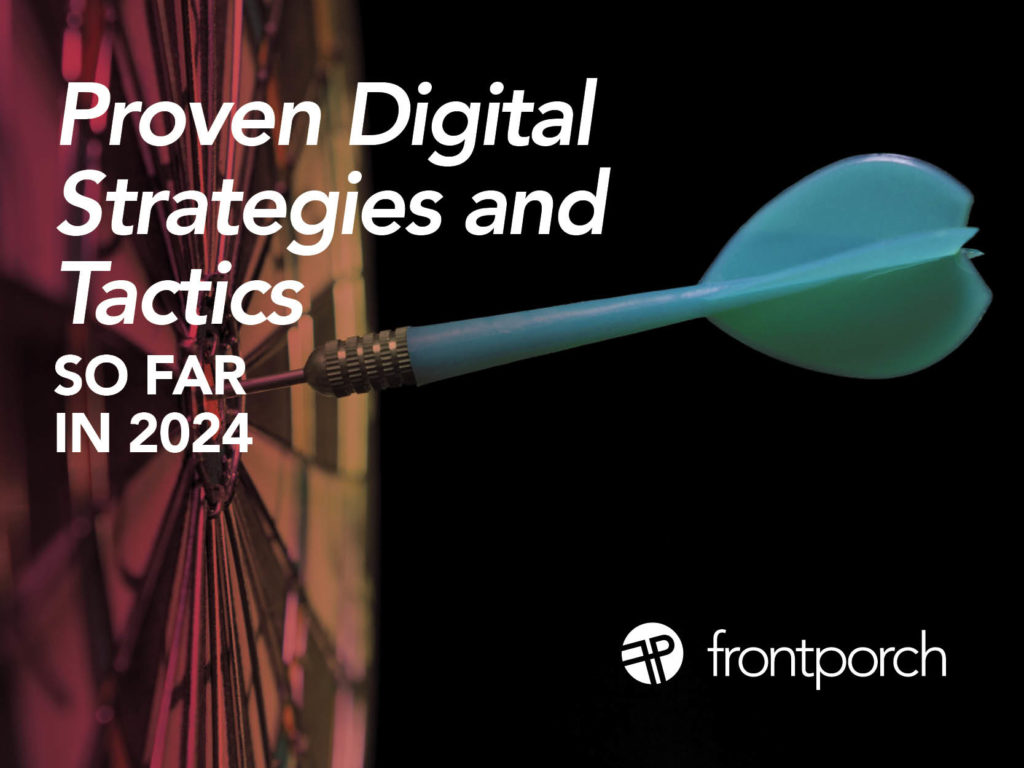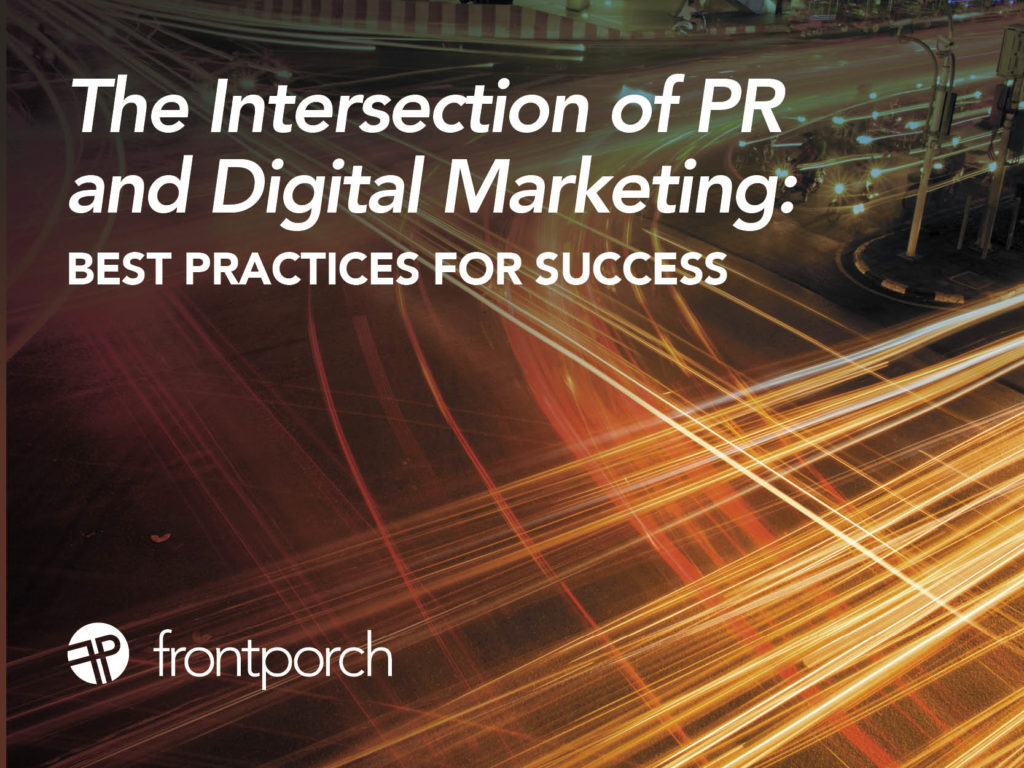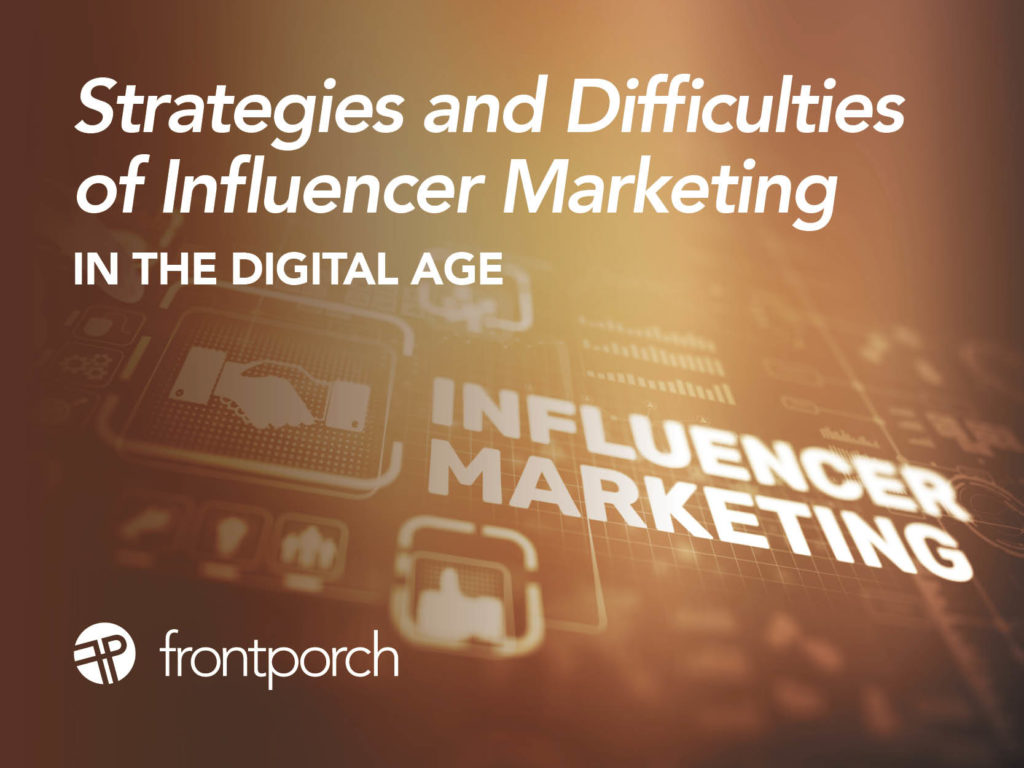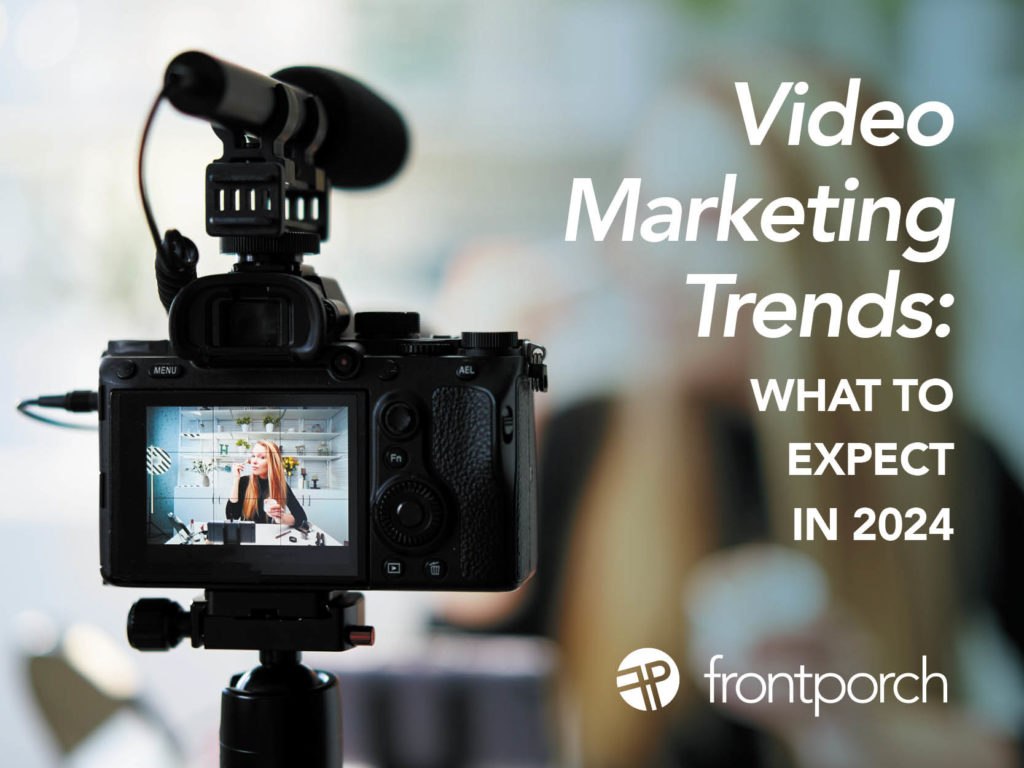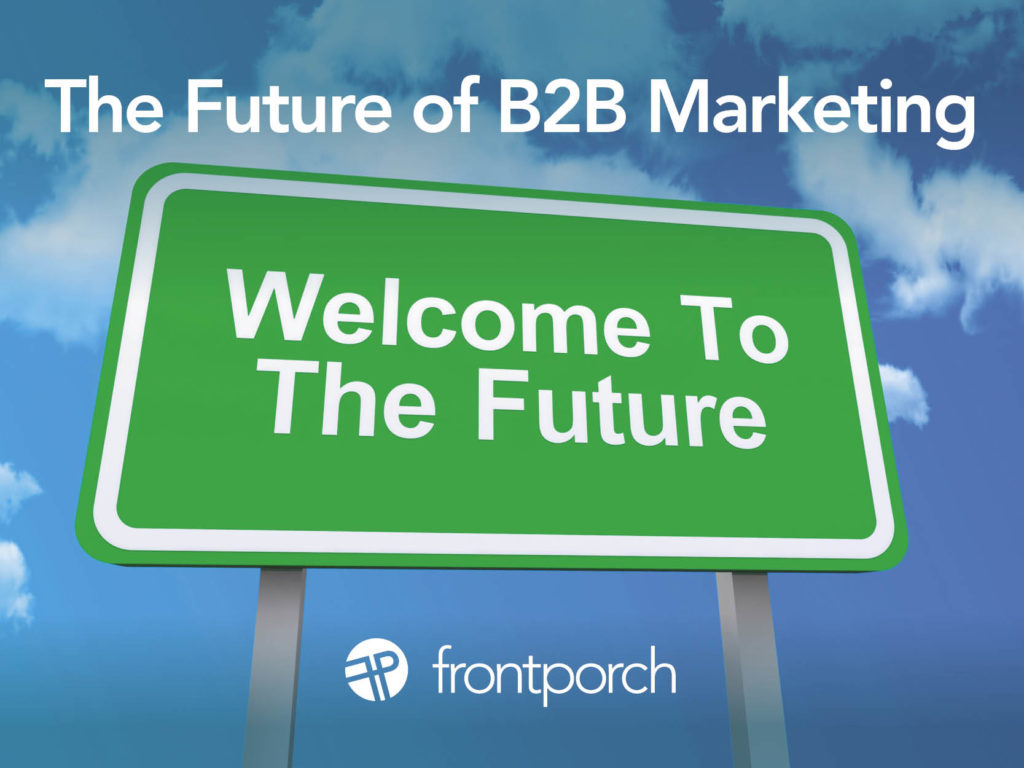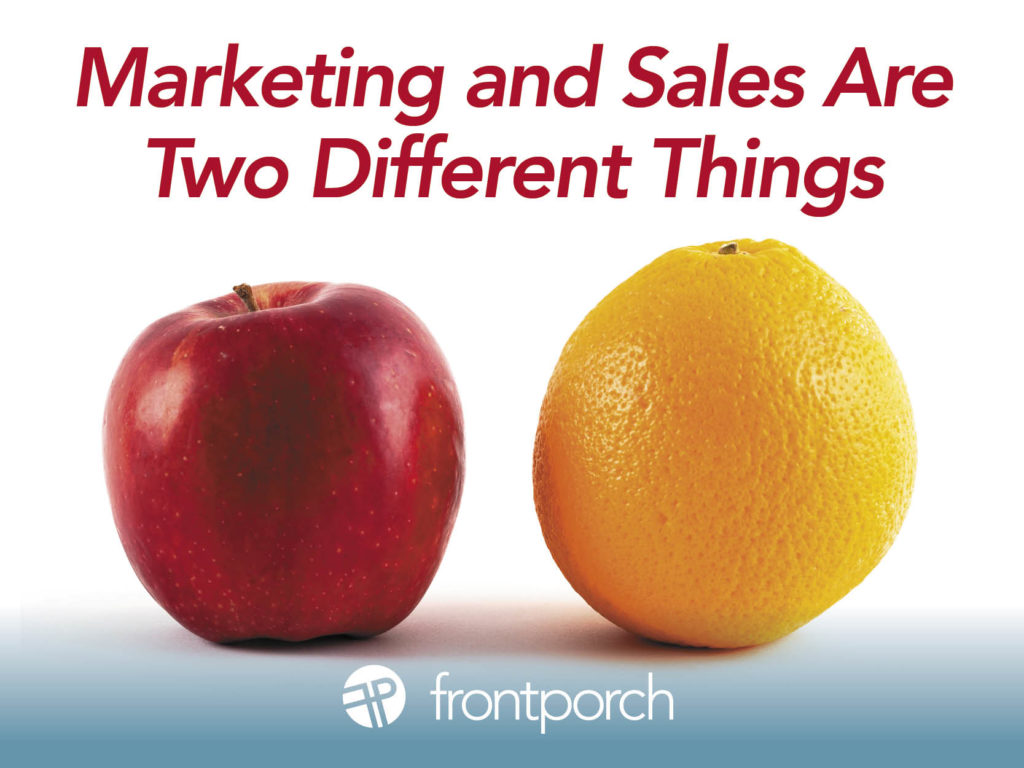
It is not Marketing/Sales, it is Marketing and Sales. In one week, two things happened that spurred me into sharing that marketing and sales are in fact two separate functions. That work together.
Marketing and Sales, Thing One
A former client who is a successful business owner shared at a recent weekly team meeting, that his team discussed the need for a marketing strategy and a stronger brand presence. The salesperson on the team was pushing hard for additional marketing resources. And he wanted to lead the charge. They “went back and forth about the where, how and the value of a stronger brand presence.”
The business owner was skeptical because he had grown his business traditionally from word of mouth. (Clearly too much time had passed since we worked together.)
He continued his story to me, “Front Porch Marketing was the first marketing resource I thought of to visit with and have a clearer picture of what needs to be done and in which priority.” For that, we are honored.
Marketing and Sales, Thing Two.
I attended a networking group event. The speaker was a small business consultant who shared ways for business owners to increase revenue and improve profitability, among other things. The presentation was great until we got to the slide that included the line, “Marketing/Sales.”
I thought “It is not Marketing/Sales.” They are not the same thing. They are not to be lumped together. These are two very distinct functions that both contribute to growing a business.
Why You Need Marketing
Marketing is no longer just an option for small businesses and nonprofits who want to grow. I am happy to share one-on-one my experiences over the last two years on this. Occasional marketing effort does not make your business grow. A marketing foundation must be built, strategized and utilized. You need consistency, conviction, and connection for marketing to succeed. These three things are must-haves when you’re marketing your business in the year 2024.
How Sales is Different From Marketing
Sales people and departments are responsible for generating new leads, converting those leads and closing deals. Sales leaders look at the ideal target customer or client and the product or service they are selling, and make a match.
First, there are inside sales: looking at existing customers and how they can grow their business. These sales people are also converting inbound calls and emails to direct business.
Then there are outside sales. This team’s approach focuses on face-to-face interaction with potential customers. They do this by attending targeted conferences and events. Building their network and relationships is the goal.
How Marketing and Sales Teams Can Work Together
At Front Porch Marketing, we sometimes work directly with sales leaders. Again, for that we are honored and grateful. Sales people overall have a defined pipeline, and may rely on the marketing people to feed that pipeline. These sales leaders know they need marketing. They do suggest initiatives to support their agendas. But most share what they are trying to achieve and trust that we will strategize and implement what is right for business growth.
We also work with smart, small business owners and nonprofit leaders, who believe they need to elevate their brand and grow brand awareness to grow their toplines. That’s marketing. Few of these types of companies have an in-house marketing team though. They may have a person or two in marketing, but even this small crew cannot manage or specialize in all the marketing things they might need. And that’s where we typically come in.
I could go on and on about the difference in marketing and sales functions. But alas, I must get up bright and early to French braid an 11-year old’s hair for school. So cheers to all of you marketing people and sales people growing the top and bottom lines, working with those you love, for those you love. All the while, taking care of your loves. Like we do.


